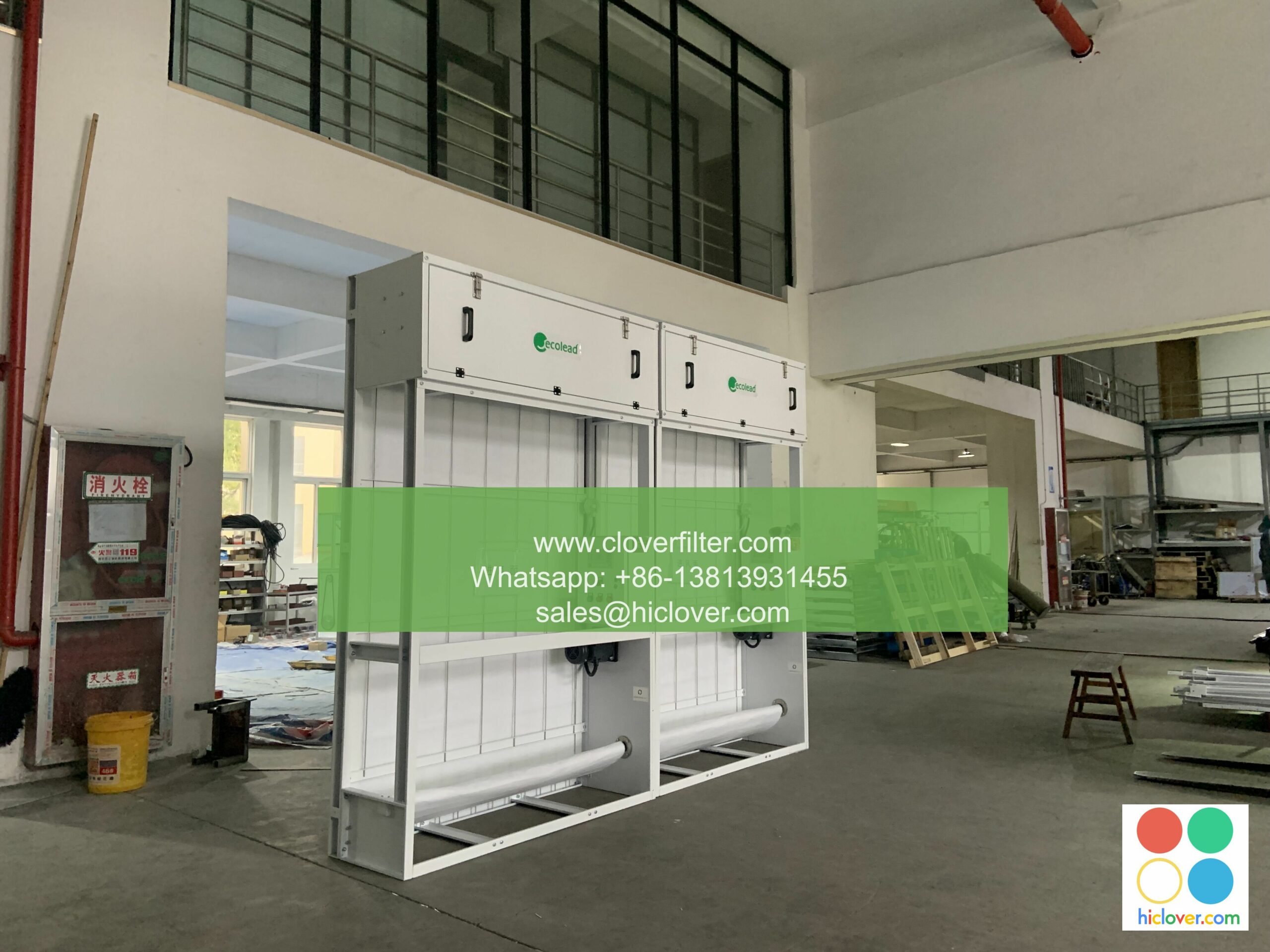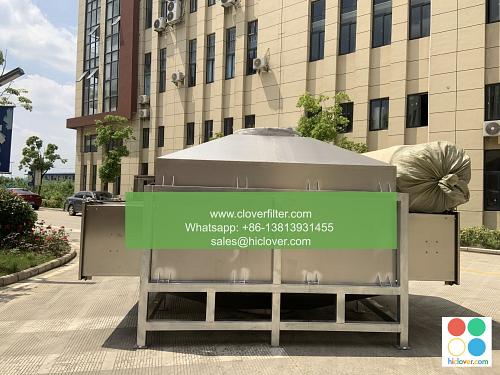Air Filter Technology: A Success Story in Medical Settings

Air filter technology has revolutionized the way medical settings maintain a clean and healthy environment for patients, staff, and visitors. The use of advanced HEPA filtration systems, ULPA filtration systems, and activated carbon filters has significantly improved indoor air quality, reducing the risk of airborne infections and creating a safer space for medical procedures.
Application Areas in Medical Settings
Air filter technology has numerous applications in medical settings, including:
* Operating rooms: High-efficiency air filters are used to maintain a sterile environment, minimizing the risk of surgical site infections and ensuring patient safety.
* Intensive care units: Advanced air filtration systems help to reduce the spread of airborne pathogens, protecting vulnerable patients from infections.
* Isolation rooms: Air filters with high MERV ratings are used to prevent the spread of contagious diseases, such as tuberculosis and influenza.
* Laboratories: Air filter technology is used to maintain a clean and controlled environment, preventing contamination and ensuring accurate test results.
Key Benefits of Air Filter Technology in Medical Settings
The implementation of air filter technology in medical settings has numerous benefits, including:
* Improved indoor air quality: Reducing airborne pollutants and pathogens, creating a healthier environment for patients and staff.
* Increased patient safety: Minimizing the risk of airborne infections and surgical site infections.
* Enhanced infection control: Preventing the spread of contagious diseases and reducing the risk of hospital-acquired infections.
* Reduced energy costs: Advanced air filter systems can help to reduce energy consumption, resulting in cost savings and a reduced carbon footprint.
Future Developments in Air Filter Technology
As air filter technology continues to evolve, we can expect to see new innovations and advancements in the field, including:
* Nanofiltration systems: Using nanotechnology to create filters with even higher efficiency and effectiveness.
* Smart air filtration systems: Implementing sensor technology and artificial intelligence to optimize air filter performance and energy efficiency.
* Antimicrobial air filters: Incorporating antimicrobial materials and technologies to further reduce the spread of airborne pathogens.
Conclusion
Air filter technology has been a game-changer in medical settings, providing a safe and healthy environment for patients, staff, and visitors. As the technology continues to advance, we can expect to see even more innovative solutions and applications in the field, further improving indoor air quality and reducing the risk of airborne infections. With its numerous benefits and applications, air filter technology is an essential component of modern medical settings, and its importance will only continue to grow in the future. Prompt

